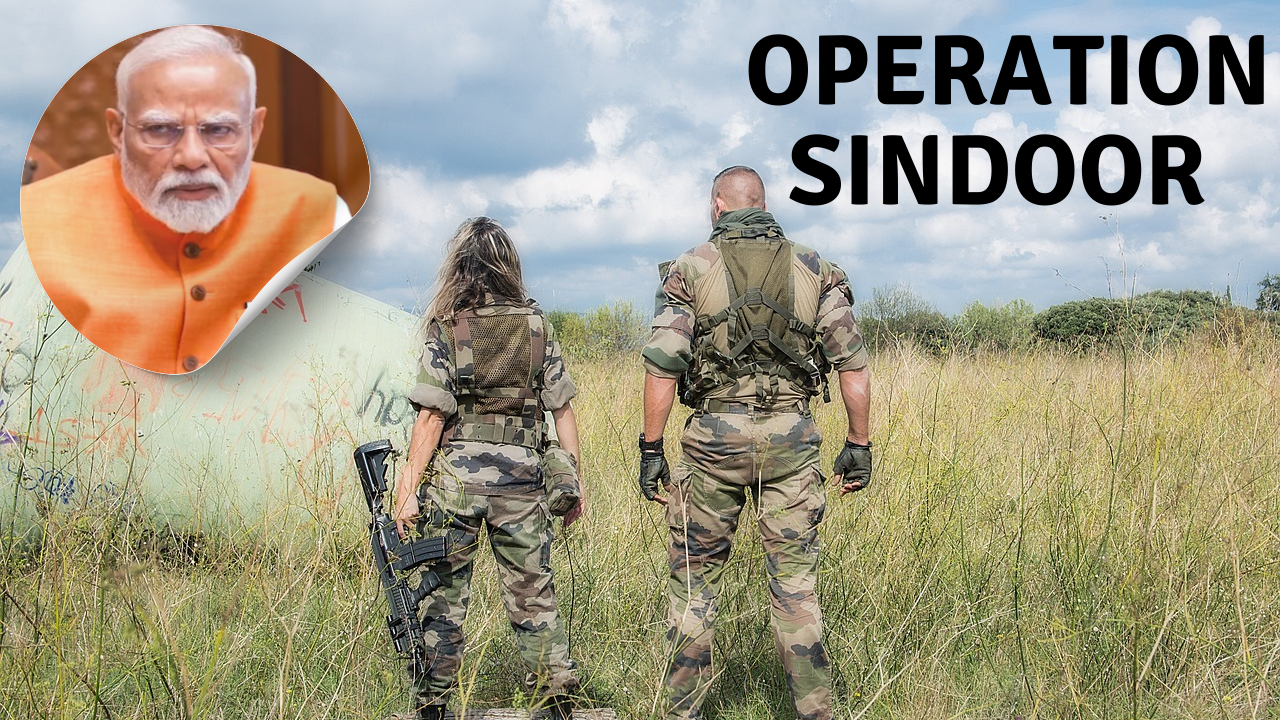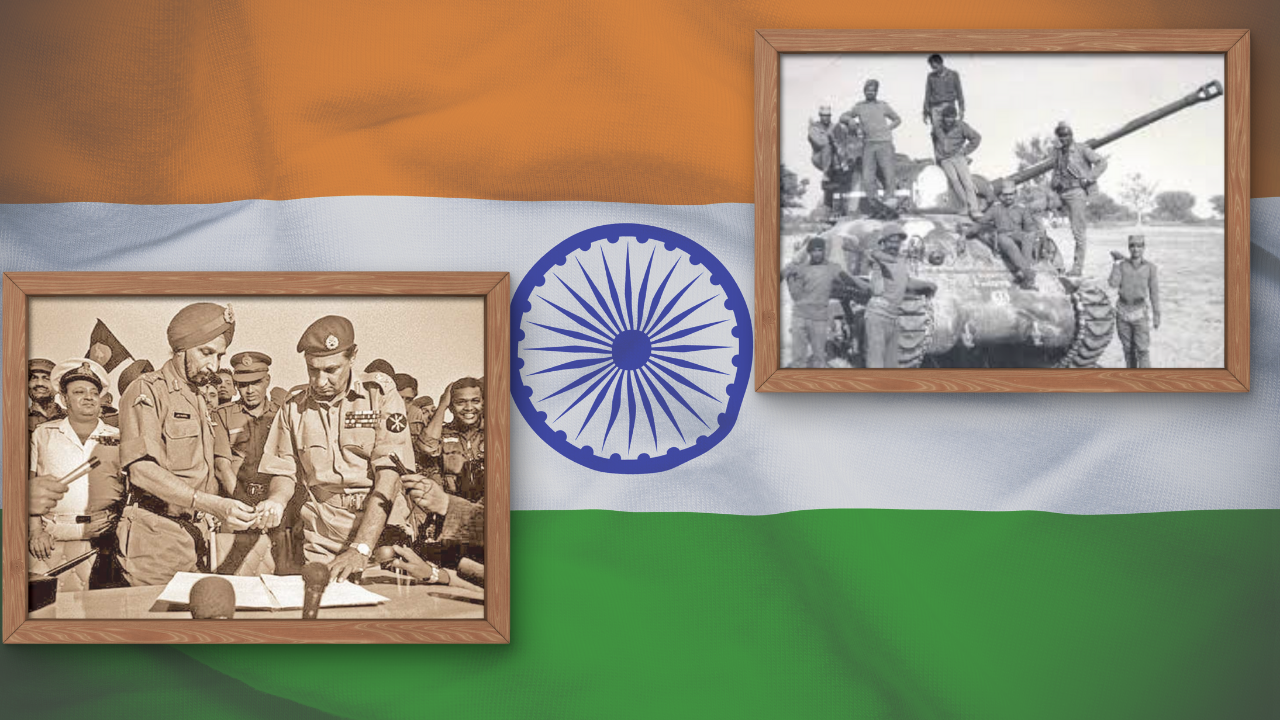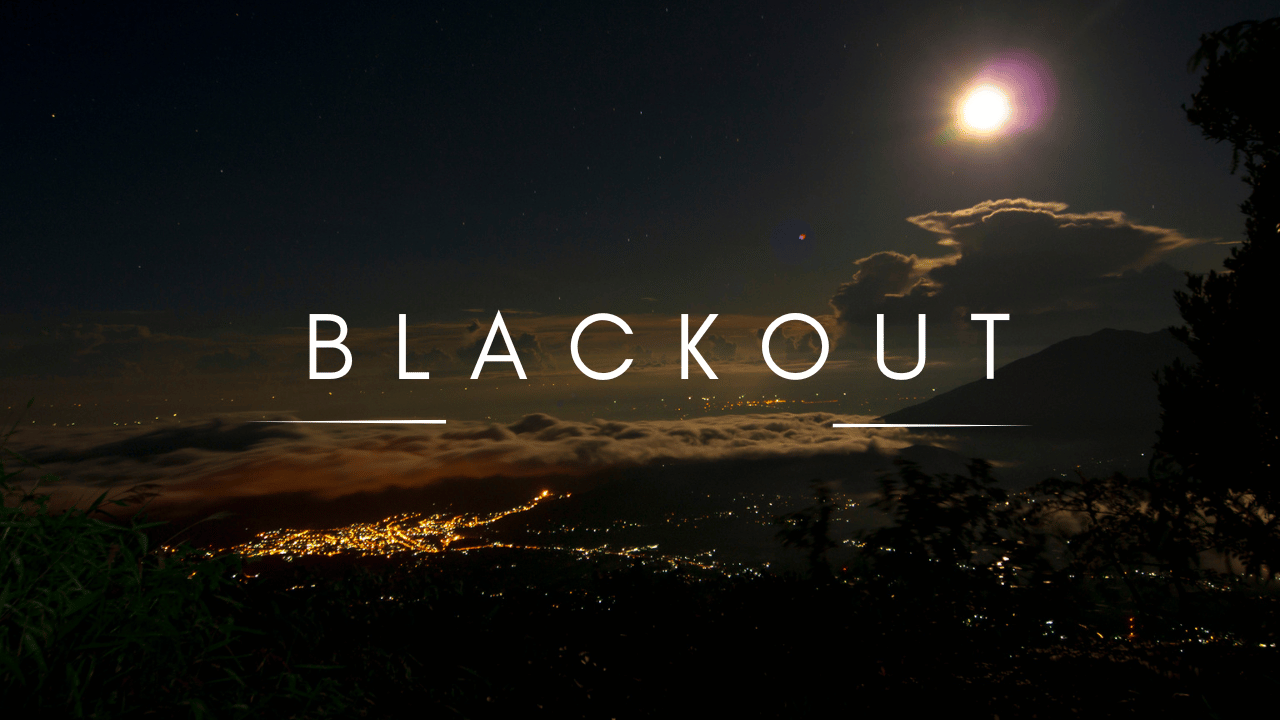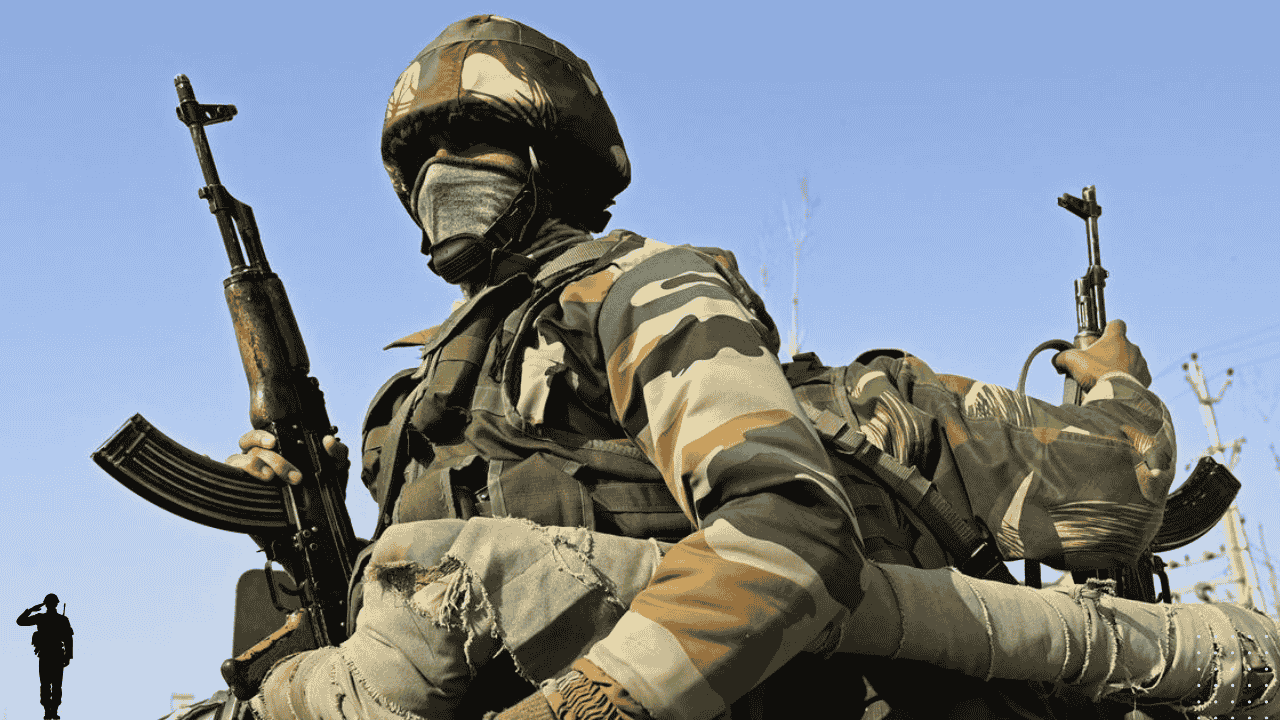Operation Sindoor was India’s powerful tri-services retaliation targeting 9 terror bases in Pakistan. Read full in-depth details, timeline, strategic significance, visuals, and FAQs.
What is Operation Sindoor?
Operation Sindoor is a coordinated military operation launched by India on May 6, 2025.
It was a tri-services action involving the Indian Army, Indian Air Force (IAF), and Indian Navy.
The operation was executed in response to the Pahalgam terror attack that killed 26 civilians on April 22, 2025.
The operation targeted 9 high-value terrorist training bases inside Pakistan and Pakistan-occupied Kashmir (PoK).
Why was Operation Sindoor Launched?
On April 22, 2025, heavily armed terrorists attacked civilians in Pahalgam, J&K.
Intelligence reports traced the attackers to Pakistan-based terror groups – primarily Lashkar-e-Taiba and Jaish-e-Mohammed.
These groups were operating training camps, safe houses, and arms dumps within Pakistan and PoK.
The Indian government opted for a precise military response under a no-escalation doctrine.
Operation Sindoor was named for its symbolism: “Sindoor”, meaning sacred red, indicating sacrifice, defense, and India’s decisive response.
Operation Planning and Preparation
High-level meetings were held post the Pahalgam attack, chaired by Prime Minister Narendra Modi and Defence Minister Rajnath Singh.
Agencies involved: RAW, NTRO, IAF ISR Units, DRDO satellite teams, NSG, and Military Intelligence.
Surveillance drones and satellites monitored targets for two weeks before the strike.
Strikes were approved after confirming the presence of high-value targets and minimal civilian interference.
All operations were covert and precise, ensuring no airspace violation while maximizing target impact.
Timeline of the Strike – May 6, 2025
Time: 3:15 AM to 4:00 AM IST
Operation Mode:
Long-range missile systems (like BrahMos & Nirbhay variants)
Drones and satellite-guided smart bombs
Precision-strike artillery from strategic border locations
Targeted Sites:
Muzaffarabad (PoK) – LeT training headquarters
Kotli (PoK) – Logistics hub
Bahawalpur (Pakistan) – Alleged JeM command center
Mirpur (PoK) – Arms depot
Balakot Outskirts – Reconstructed terror camp
Havelian – Terror transit route
Chakothi – Infiltration staging area
Athmuqam – Launch pad for cross-border attacks
Bagh – Safehouse and communication center
Technology & Strategy Used
Missile Strikes: Carried out using stand-off weapons from Indian territory.
No Airspace Violation: Unlike Balakot 2019, this operation didn’t cross the LoC.
Electronic Warfare Units: Deployed to jam Pakistani radar systems temporarily.
Drones & AI: AI-enabled drone fleets relayed real-time visuals before and after the impact.
Satellite Locking: All missiles were GPS and satellite-guided to hit exact coordinates.
First Visuals & Ground Impact
Multiple orange fireballs were seen erupting in the night skies of PoK and Pakistan.
Social media clips showed shattered buildings, smoke plumes, and emergency sirens.
Local Pakistani media reported “mysterious explosions” in military-controlled zones.
Power outages followed the strikes, and airbases in Pakistan were put on alert.
Indian Government Statement
Official confirmation was issued by the Ministry of Defence at 9:00 AM IST.
The statement emphasized:
India’s right to self-defense
That the operation was non-escalatory
All efforts were made to avoid civilian casualties
Prime Minister Modi addressed the nation, stating:
“India has shown it will not tolerate terrorism. The blood of our innocents will not go unavenged.”
Pakistan’s Reaction
Pakistan called the strikes “unprovoked aggression” and claimed civilian deaths.
Emergency meetings were held by Pakistan’s top military leadership.
Pakistan threatened retaliation but sought to avoid full-scale war.
A few air defense systems were moved near the India-Pak border post-strike.
Global Response
USA: Supported India’s right to defend itself; advised de-escalation.
Russia: Supported India’s anti-terror stance and called for peace.
China: Issued a neutral statement, urging “restraint on both sides”.
UN: Expressed concern over rising tensions in South Asia.
France, Japan, Australia: All expressed solidarity with India over terror threats.
Security Status in India Post-Strike
Indian borders have been fortified with air defense systems and additional troops.
All civilian flights over sensitive border states were temporarily rerouted.
Red alert issued across key Indian cities to avoid terror retaliation.
Continuous satellite monitoring of Pakistani military activity is ongoing.
Comparison with Past Indian Strikes
| Parameter | Surgical Strike 2016 | Balakot Strike 2019 | Operation Sindoor 2025 |
|---|---|---|---|
| Type | Ground-based | Aerial Bombing | Missile & Drone Strike |
| Area | PoK | Balakot, KP | PoK & Pakistan mainland |
| Forces Involved | Army | IAF | Army, IAF, Navy |
| Duration | Few hours | Minutes | 45 minutes |
| Collateral Damage | Minimal | Limited | None (as per India) |
| Pakistan’s Response | Denial | Aerial dogfight | Yet to respond |
Operation Sindoor Significance
Demonstrates India’s enhanced strike capabilities without triggering full-scale war.
Use of advanced missile systems shows technological superiority.
Reinforces India’s commitment to neutralizing cross-border terror infrastructure.
Strong global diplomatic support sets a precedent for future counter-terror operations.
FAQs About Operation Sindoor
What is Operation Sindoor?
A tri-services Indian military strike targeting 9 terror bases in Pakistan and PoK.Why was the operation launched?
In retaliation to the Pahalgam terror attack that killed 26 civilians.Which Indian forces were involved?
Indian Army, Indian Air Force, and Indian Navy in a coordinated effort.Did the operation involve crossing the LoC?
No. All missile strikes were from stand-off positions within Indian territory.What type of weapons were used?
BrahMos, Nirbhay variants, satellite-guided bombs, and drones.Was it a war declaration?
No. The operation is categorized as a counter-terror action, not war.Has Pakistan responded militarily?
As of now, Pakistan has not launched any military counter-operation.What are the global reactions?
Mixed – mostly supporting India’s right to self-defense but urging de-escalation.Was this India’s largest strike?
Yes, it’s the largest coordinated tri-services strike against Pakistan till date.Where can I see visuals of the operation?
Watch coverage and visuals on NDTV, Reuters, and The Hindu.
Read More:-




























2 thoughts on “What Is Operation Sindoor?(2025)”
Pingback: Blackout(2025) -
Pingback: 1971 Indo-Pak War – Full History, Key Events, Outcomes, and FAQs -